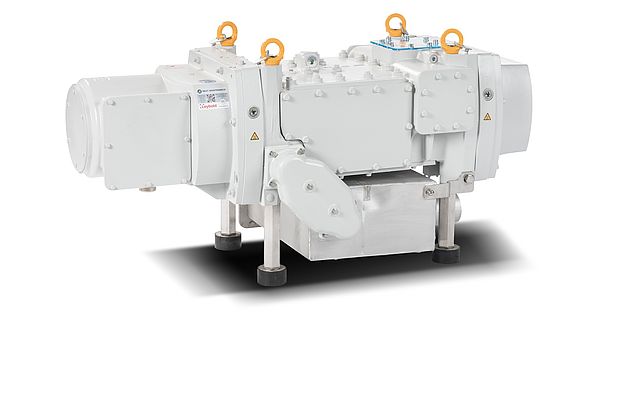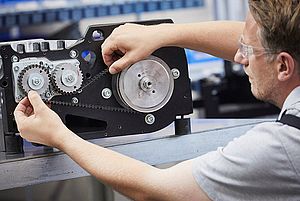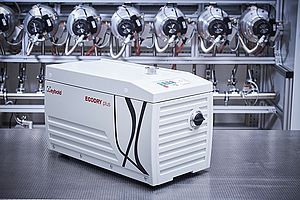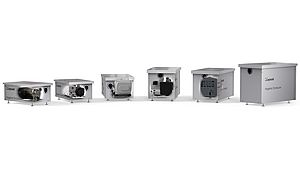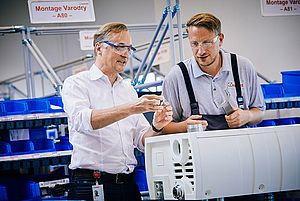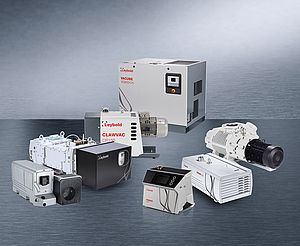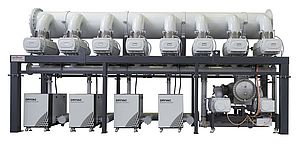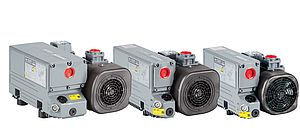Vacuum systems used in food and packaging processes must contribute to safe and efficient food supply. With the new wash-down vacuum pumps DV 650 and DV 800 FP-r of the established, dry-running DRYVAC series, Leybold has developed two models for these industrial processes. Their use facilitates production, increases food safety and extends the shelf life of foodstuffs.
Washable in any installation position
The new DRYVAC DV 650 and DV 800 FP-r screw vacuum pumps are characterized not only by their proven functional principle but also by their compact design. In demanding, harsh food applications, they require only a small footprint and little installation space. In addition, they can be washed down inside and outside in any installation position.
Installation close to the machine
Their compact size and low noise level enable uncomplicated, near-machine installation in the immediate vicinity of the production line. The advantage for users: during daily cleaning of the system, the DV 650/800 FP-r pumps can be washed down with the production equipment in one process. This results in fewer system downtimes, better cycle times, less maintenance, a higher standard of hygiene and higher filling and packaging outputs. This is a real advantage in packaging applications requiring good vacuum level (i.e. low pressure) such as skin pack for example.
Due to their rotor design, Leybold's robust DRYVAC models operate very energy-efficiently and at low lifetime costs. In line with the requirement profile in most applications, their use also guarantees a high pumping speed from atmospheric pressure to low pressure ranges. Thanks to modern, oil-free pump technology, the risk of contamination of pumped media with lubricants is minimal.
Equipped with frequency converter
The DV 650 and DV 800 FP-r models are equipped with a frequency converter for easy monitoring and control. It enables a variety of functionalities: For example, it provides only the energy required at a time, which leads to lower energy consumption overall. Furthermore, it offers the possibility of a definable ramp-up of the rotation frequency with which a vacuum chamber can be gently evacuated. This is particularly advantageous when processing foodstuffs that would change their shape if the pressure in the chamber were lowered too quickly, such as bakery products.


